
| About us | Contact | FAQ | Gallery | Publications, presentations | Bibliography | Lincs | Form |
Dear Visitor,
See below some pictures of our archives.
Notice, that pictures and text to be found on this site are copyrighted to the owner of the Center. It is not allowed to copy and use them without the permission of the representative of the BUC. The resolution of the pictures are optimized for web. For education, scientific research or other presentation you have the possibility to demand the original high quality pictures (300 dpi). (Note the mark appeares as reference while your arrow is staying on the picture you are interested.)
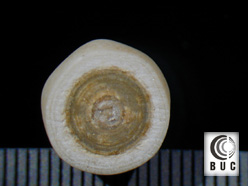 |
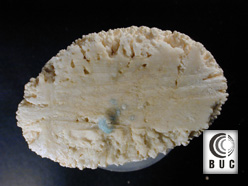 |
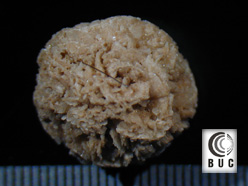 |
| The cross section of a typical purine based urolith (ammonium-urate) found in dalmatians . | Classic cause of the stone formation. Foreign body in the urinary system. See the surgical suture in center of the stone. | Struvite stone from a ferret. |
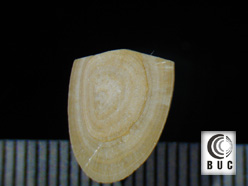 |
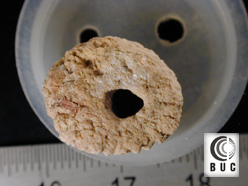 |
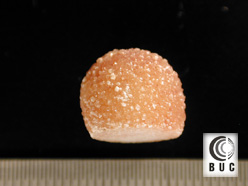 |
| A rarely found type of stone, a brushite urolith from a yorkshire terrier. | In horses urolithiasis is found very seldom. In the center of this struvite + carbonated-apatite stone from a stallion a tissue residuum was found as "foreign body". | A very "nice" cystine stone from the urinary bladder of a female european short haired cat. |
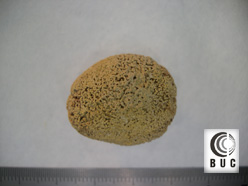 |
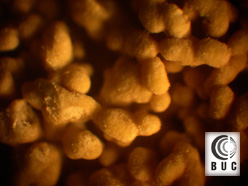 |
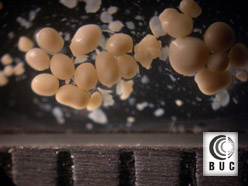 |
| Purine based stones are to be found not exclusively in dalamtians, but are frequent in some other breeds too. This is a relatively big ammonium-urate stone from an english bulldog. | Microphotograph of the previous stone. On the surface small "balls" can be observed, the spheruliths. | The small uroliths - called microlith - are frequently voided spontaneously. On the microphptoto small ammonium-urate microliths of 0,1 to 0,4 mm diameter are presented. |
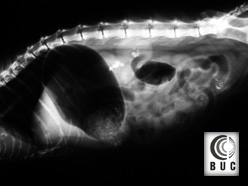 |
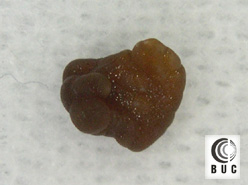 |
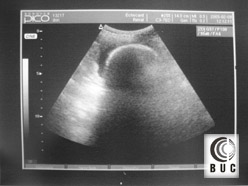 |
| Renal uroliths are infequent in animals. Bilateral renal stones was found in this cat with a radiographic survey. | Photo of one of the renal stones (whewellite nephrolith) of the previous patient. | A typical ultrasonographic appearence of a urinary bladder stones. Photo by T. Vrabely. |